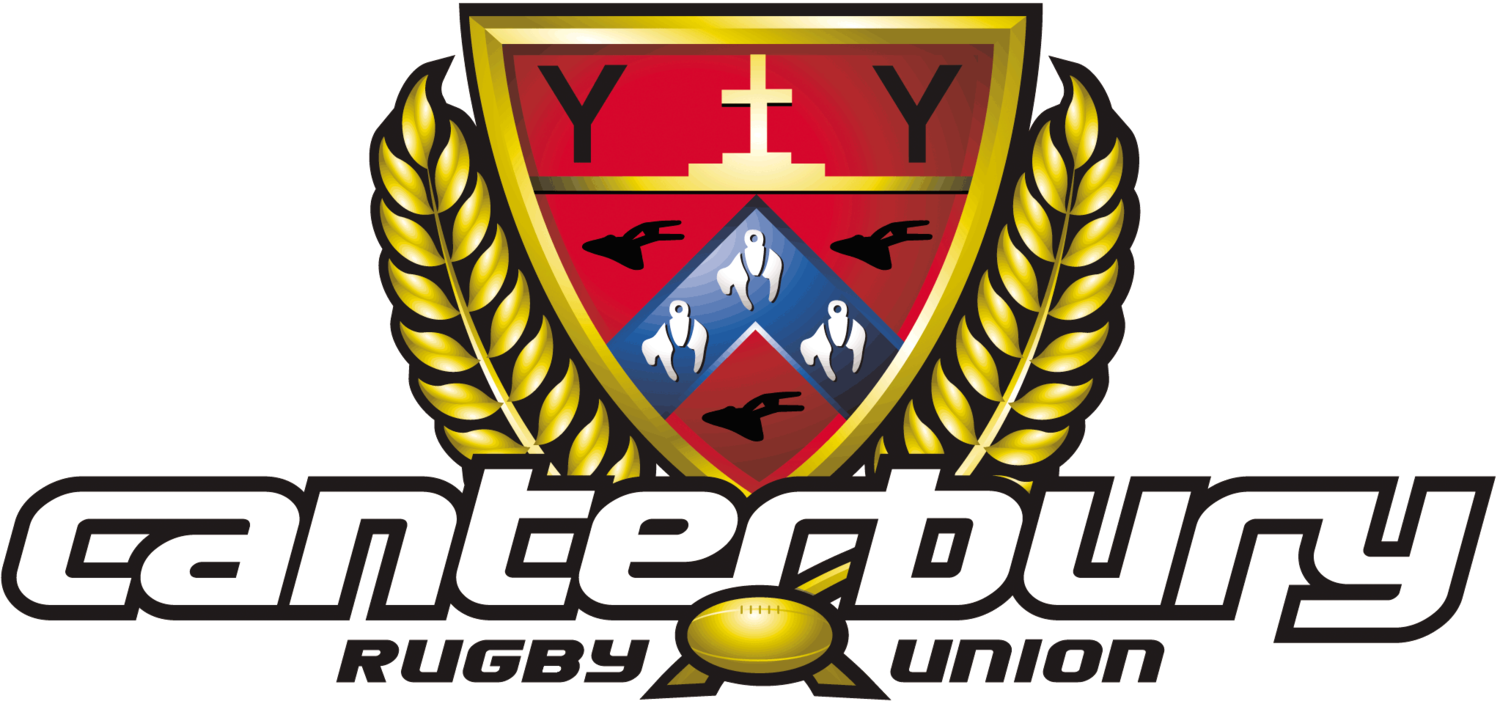ANZAC: From the archives
As we mark ANZAC Day, we dive back through the archives to remember the courage, sacrifice, and enduring spirit of those who served in the First and Second World Wars. Among them were rugby players, club men, teammates, and local heroes, enlisting in armed forces and trading their spikes for boots of another kind. Making the ultimate sacrifice, these troops left behind the fields of Canterbury to serve on distant shores.
Rugby in Canterbury, like so many communities across New Zealand, was deeply affected during this time. Representative rugby came virtually to a standstill with no games being played in 1916 or 1917. Although the club season continued, ranks in clubs were further depleted, the game only carrying on under the greatest of difficulties. It wasn’t long before drastic alterations were made and the decision came by the union for only two competitions to go ahead, under twenty and under sixteen.
Lancaster Park The home of rugby became better known as the “Oval of spuds”, being ploughed by authorities and put down in potatoes. Both an effort to help the war, and to raise much needed funds for the ground facing financial strain, games were taken to neighbouring fields in 1917 and 1918.
Debuting for Canterbury in 1902 and continuing his career in red and black for 18 matches until 1906, former All Black Hubert ‘JUM’ Turtill was a standout player. After appearing for a combined Canterbury and South Canterbury selection against the touring Australians in 1905, Turtill was included in the New Zealand team for the only international in Dunedin.
The fullback who started his career in rugby union playing for Christchurch Albion, went on to join the professional All Blacks– better known as the All Golds, on their tour of Great Britain and Australia. Returning to England, and enlisting in the British Army after the outbreak of World War I, Turtill was killed in action by a shell-burst in 1918, aged 38.
A name etched in Canterbury rugby history as one of the region’s finest wingers, Christchurch born George Hart, played in the first XV at Waitaki Boys High before breaking into representative rugby for Canterbury "B" in 1927. Donning red and black from 1928 - 1936, Hart was absolutely prolific, crossing the try line 42 times in just 40 matches.
In 1930, his provincial performances earned him an All Blacks debut against the touring British Lions, announcing himself on the international stage in style, scoring tries in his first two Tests. Hart remained a regular in the national side until his retirement from top-level rugby in 1936.
When World War II broke out, Hart took his talents from the rugby field to the battlefield, serving as a captain in the 20th Armoured Regiment. Even while stationed in North Africa, he demonstrated his trademark speed continuing to play Army rugby. Hart’s life was cut short in 1944 during the advance from Cassino in Italy, where he died of wounds after being hit by shellfire, aged 35.
This ANZAC Day, we reflect not only on the lives lost and forever changed, but also on how the game of rugby carried forward the values of camaraderie, resilience, and loyalty, values at the heart of both the sport and the ANZAC legacy.


